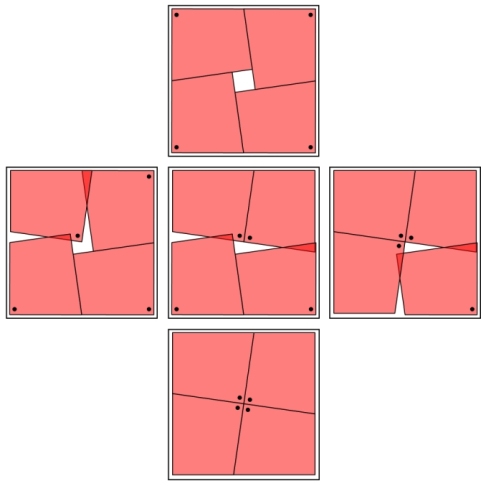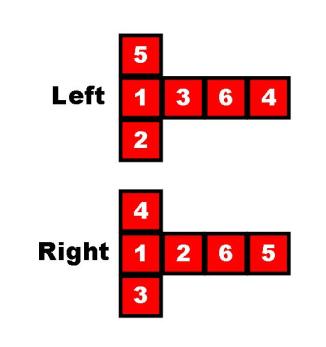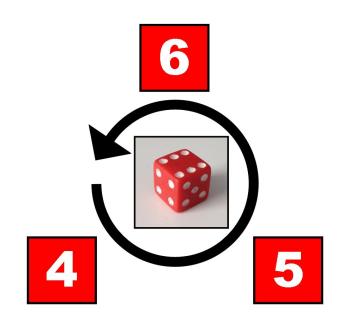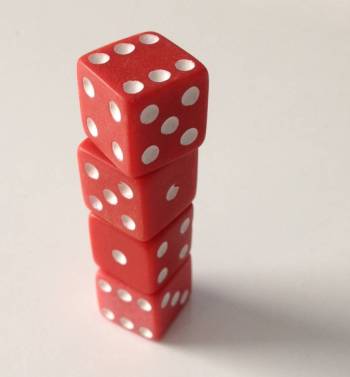In a previous blog post I wrote about my magical history. During this time I had a number of magical inspirations. Mainly magicians I’d seen live or on TV. In recent years magic has seen an explosion of interest with many new performers appearing. Whilst I was growing up, TV magic was very rare. What was shown was usually of a much higher calibre than what we see today. With a bit of clever editing and CGI a mediocre magician can be made to look like a miracle worker. I could rant about this but instead I want to focus on some of my heroes in magic when I was a teenager…
David Copperfield
There’s a reason why he is one of the highest earning entertainers of all time. My first exposure to DC was his 15 year anniversary TV show. He would take an illusion, supercharge it, add multiple layers of deception and perform it with flawless elegance. In that one hour TV special there were so many jaw dropping illusions: Flying, Buzz saw, Metamorphosis, Walking through the Great wall of China. Watching DC is like watching the Matrix film for the first time. Nothing is real and anything can happen. And it is all done with panache.
Penn & Teller
Channel 4 was the perfect channel to create a gloriously irreverent magic show that didn’t conform to the clichés and cheese of conventional magic. Penn & Teller were the perfect performers. Provocative, profound and bloody good. As a teenager this combination had a huge appeal and influence. From dropping rabbits into wood chippers to set pieces involving an array of animal traps, the magic bore no resemblance to a traditional show. Which was no bad thing. It helped shape my view of what was possible – not in terms of magic but in terms of performance. If I had to choose a favourite effect it would be Teller’s Shadows illusion.
Paul Zenon
When David Blaine first appeared on TV with his Street Magic he created a sensation. The magic wasn’t anything new, the performance was dire and yet what made the show was the focus on the audience’s reactions. There was the entertainment. There was captured on the screen moments of astonishment and wonder. Minds racing to try and figure out what an earth their eyes had just seen.
How could the format be improved? Simple. Swap bland Blaine for the extremely funny British magician Paul Zenon and have him perform tricks and pranks on the public. My favourite trick was a variation on ‘Ring flight’ where a spectator’s ring is vanished in the magician’s hands and appears in an impossible location. Paul appeared to mess the trick up spectacularly – he dropped the spectator’s ring down a storm drain. The reactions of the spectator were priceless. And then Paul reveals the ring has indeed appeared safely in an impossible location.
Kevin James
I first saw Kevin James at the Blackpool Magic Convention. It was late on Friday night and the audience’s attention was dropping. Out comes Kevin. He’s funny. He performs some super visual and original pieces of magic. Suddenly the audience was wide awake. My favourite from that night was when he visibly caused a playing card to melt inside an inflated balloon. Every magician in the room gasped. The next night during the gala show he presented a piece of magic he is famous for. Starting with a small napkin, he shreds it and drops it into a glass of water. Picking up the tissue in his hand it’s now a slushy mess. And then the magic happens. Dry confetti appears from his hand, flying high into the air, covering the stage. It looks like a snowstorm. Then the theatre erupts, it’s now snowing inside the auditorium. The audience in the stalls are getting covered in snow. Magic.
Lance Burton
If you only ever watch one manipulation act, Lance Burton’s dove act is the one to watch. Candles, silks, doves and cards appear in his hands effortlessly. All superbly choreographed and set to classical music. A lifetime of work went into 3 mins of pure magic.
Stuff the White Rabbit
If I had to choose my favourite TV magic programme it would be Stuff the White Rabbit. The idea was simple: get the world’s funniest and talented close up magicians, put them in front of an audience and film the results. The programme introduced the UK to David Williamson, Rene Lavand, Tom Mullica and The Amazing Jonathan. And gave a showcase to John Lenahan and Jerry Sadowitz. The quality of the magic was exceptional. Sadly the BBC have never released the series for wider viewing.











